Using technology and culture to build employee engagement
By Sudhanshu TewariEmployee engagement and wellness is key to ensuring employers thrive, and that technology has a major role to play
Only a few decades ago, it was the norm to spend your entire career working for just one employer. Roll forward to today, if you said that you had been with the same employer for more than a few years, people would either look at you with envy or exclaim with shock, quite possibly concluding that there was something wrong with you!
A survey conducted by Workday in 2018 found that 73% of employees were likely to switch jobs within 12 months as they sought better pay, career prospects and work-life balance. The modern employee simply does not view work in the same way as other generations; today’s employees expect to work for multiple employers throughout their working lives.
There are numerous reasons for this. Multiple studies show that the main reasons for leaving a job is a toxic work culture and environment, often caused by poor management. Lack of opportunities, inability to apply their skills, and poor pay and benefits are also often cited as reasons.
However, there are positive reasons for leaving too. Employees increasingly see their jobs as steppingstones in their wider working career. They may join a company to acquire new skills or achieve a specific milestone (such as lead a regional team, for instance). Once their objective has been achieved, regardless of their current work culture or benefits, they may well move on to a company that has something more to offer.
For employers, this ‘wanderlust’ can create significant challenges. Losing good employees is bad for any company – especially smaller ones – and the disruption and costs involved in onboarding and training new employees is significant.
It also goes without saying that the current COVID-19 pandemic has made life harder for employers and employees alike. With most of the team working from home, it has been harder for leaders to gauge wellness and motivation. Employees themselves have become more stressed and anxious, both due to the health impact itself and the distance/lack of connection with team members and superiors.
Given the challenges of a distributed workforce, employers should pay even more attention to employee needs, including understanding how employee habits have changed and leveraging technology to promote employee engagement and happiness.
Be more flexible
For some period in 2020 and to some extent most recently in 2021, schools, child day-care centres and offices were closed, and many employees were forced to adapt their schedules to fit both work and home life. Arguably, this has worked. While the pandemic has affected some sectors significantly, many businesses continued and have even thrived, despite most of their workforce working from their bedrooms or living rooms.
A year into this work from home arrangement, employees now expect more flexibility to be the norm rather than the exception. Realising that they can, in most cases, be just as productive working from home as from the office, they expect to be able to plan their own work schedules during the day. Asking all employees to come in to the office from 9.00 am to 5.00 pm will no longer work.
Employers should look at what has worked over the past year and a half, which activities need to be conducted from the office, which are equally possible remotely, and plan accordingly. Importantly, they should establish a work culture and environment that prioritises flexibility and empower the employee to take charge of scheduling and office time.
A key enabler of such flexibility would be the use of technology to communicate with and stay connected with employees. From announcements to newsfeeds to social chat, modern day engagement apps offer multiple avenues for both formal and informal communication.
Enhance employee engagement and support
Leaders now have only one window into the work and home lives of their employees, be it Zoom, MSTeams, Skype or Google Meet. Lunch break catchups and impromptu chats by the water cooler are now relics of the past. Now such chats need to be planned, organised, scheduled into our calendars leaving no room for serendipity. Furthermore, there is a clear link between employee happiness and wellness and productivity, so efforts need to be made to improve engagement.
And that is precisely why managers need to provide more personalised, attentive leadership be it through reorganising teams to be smaller to facilitate such personalised attention or finding other out-of-the-box solutions to deepening engagement.
One innovation that is available to employers today to help them better engage their employees is digital engagement and incentives platforms. Designed specifically to recognise and reward employees, build team spirit, and gauge employee morale, these help Human Resources to get a sense of the organisation’s pulse while providing a fun and interactive experience to all employees. Some apps also leverage Artificial Intelligence (AI) to monitor the mood of employees via in-app responses, and to send contextual nudges to help employees cope with any signs of mental distress.
Understand your employees better
One of benefits of leveraging technology is the data that it captures and the resulting analytics. Online or app-based rewards programs not only allow employers to engage employees in a fun and interactive way, but also gives them a wealth of data that they can then use to improve the overall employee experience.
Such data can guide leadership on what rewards and recognition initiatives work best and bring out the best in employees, allowing them to optimise their program. Done right, data collected through a good peer-to-peer appreciation program will also enable you to get a sense of the linkages within the company. By analysing historical data, employers can identify key trends – often in near real time. A drop in engagement or interest would sound alarm bells and allow managers to intervene.
Additionally, incentive programs can be tweaked in real time, especially during periods of high stress at work, such as year-end financial reporting, for instance.
Predictive analytics is another potential significant benefit of data, especially when it comes to absenteeism and turnover. Tech-based incentive and engagement programs can help identify and predict lagging engagement and possibly stymie unnecessary resignations.
Culture is King
It is critical that employers create a workplace structure that emphasises wellness and engagement. Like physical fitness, mental wellness needs to be worked on regularly, goals need to be set and the path to achieving these goals need be broken down into doable, simple steps. At the same time, the further we are from our teams, the greater is the need to work on employee engagement.
A combination of the right policy and right technology can help facilitate the creation of the right culture within the organisation.
The COVID-19 pandemic has applied considerable pressure and stress onto workers and employers alike. Now is the time to sculpt an entirely new culture of wellness and engagement. Those who do will succeed in the ‘new normal’.






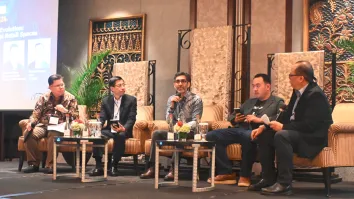



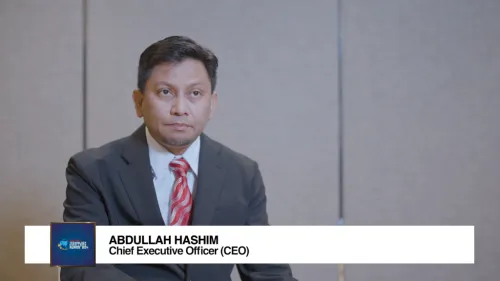
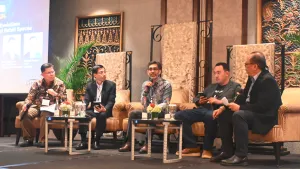
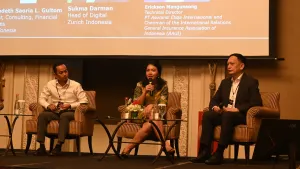


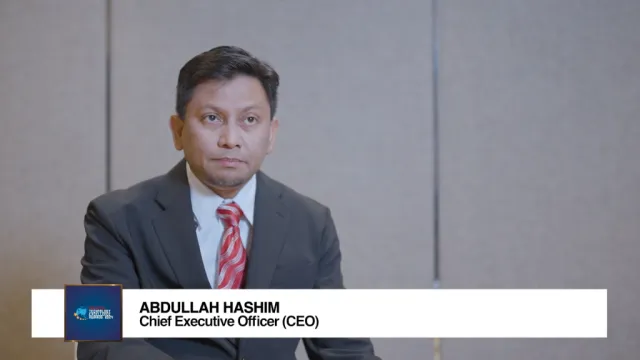
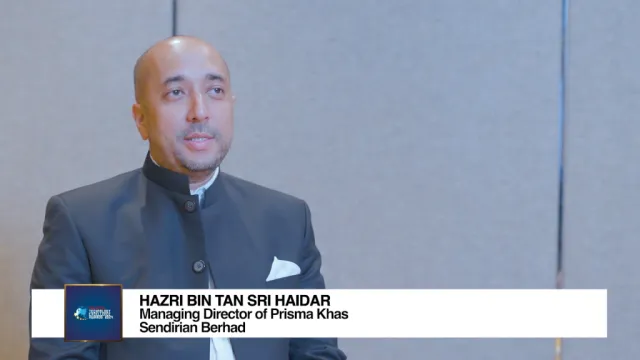
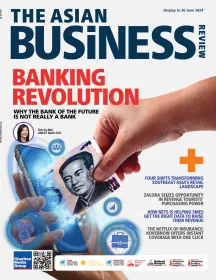
 Advertise
Advertise







